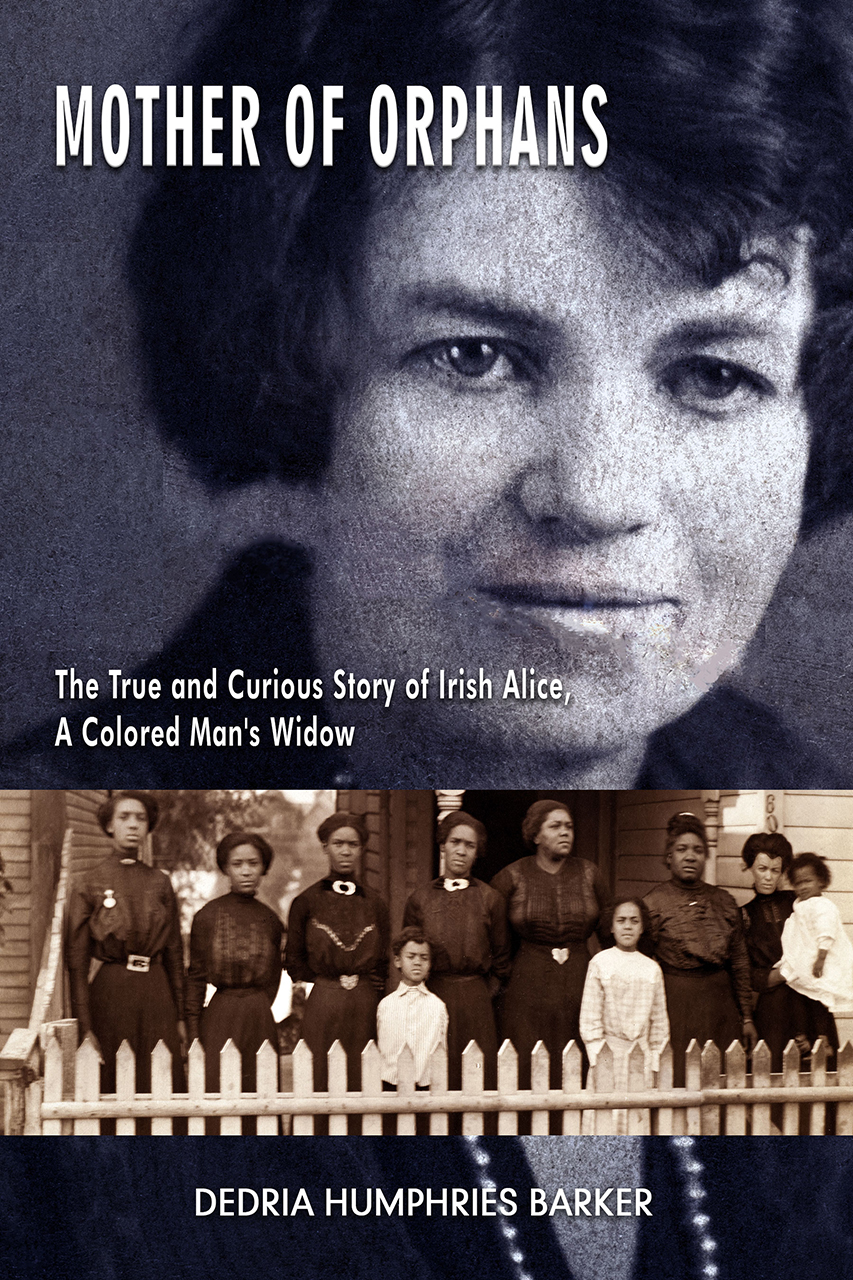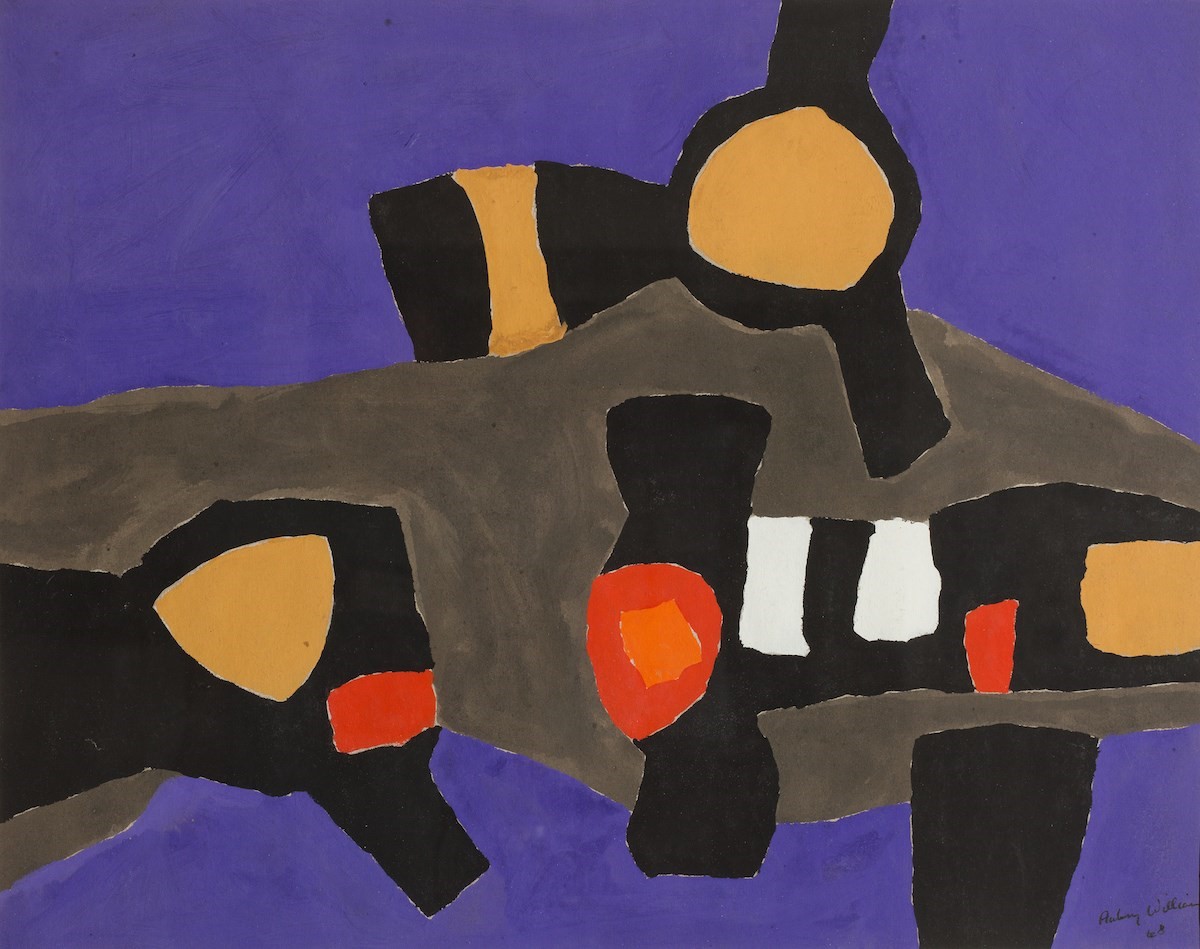Mother of Orphans: The True and Curious Story of Irish Alice, A Colored Man’s WidowPosted in Biography, Books, Family/Parenting, History, Media Archive, Monographs, United States, Women on 2019-07-30 16:57Z by Steven |
Mother of Orphans: The True and Curious Story of Irish Alice, A Colored Man’s Widow
2Leaf Press
July 2019
250 pages
6 x 9
Print ISBN: 978-1-940939-78-0
eBook ISBN: 978-1-940939-87-2
Introduction by:
Cathy J. Schlund-Vials, Professor of English; Professor of Asian/Asian American Studies
University of Connecticut
Mother of Orphans is the compelling true story of Alice, an Irish-American woman who defied rigid social structures to form a family with a black man in Ohio in 1899. Alice and her husband had three children together, but after his death in 1912, Alice mysteriously surrendered her children to an orphanage. One hundred years later, her great-grand daughter, Dedria Humphries Barker, went in search of the reasons behind this mysterious abandonment, hoping in the process to resolve aspects of her own conflicts with American racial segregation and conflict.
This book is the fruit of Barker’s quest. In it, she turns to memoir, biography, historical research, and photographs to unearth the fascinating history of a multiracial community in the Ohio River Valley during the early twentieth century. Barker tells this story from multiple vantage points, frequently switching among points of view to construct a fragmented and comprehensive perspective of the past intercut with glimpses of the present. The result is a haunting, introspective meditation on race and family ties. Part personal journey, part cultural biography, Mother of Orphans examines a little-known piece of this country’s past: interracial families that survived and prevailed despite Jim Crow laws, including those prohibiting mixed-race marriage. In lyrical, evocative prose, this extraordinary book ultimately leaves us hopeful about the world as our children might see it.






